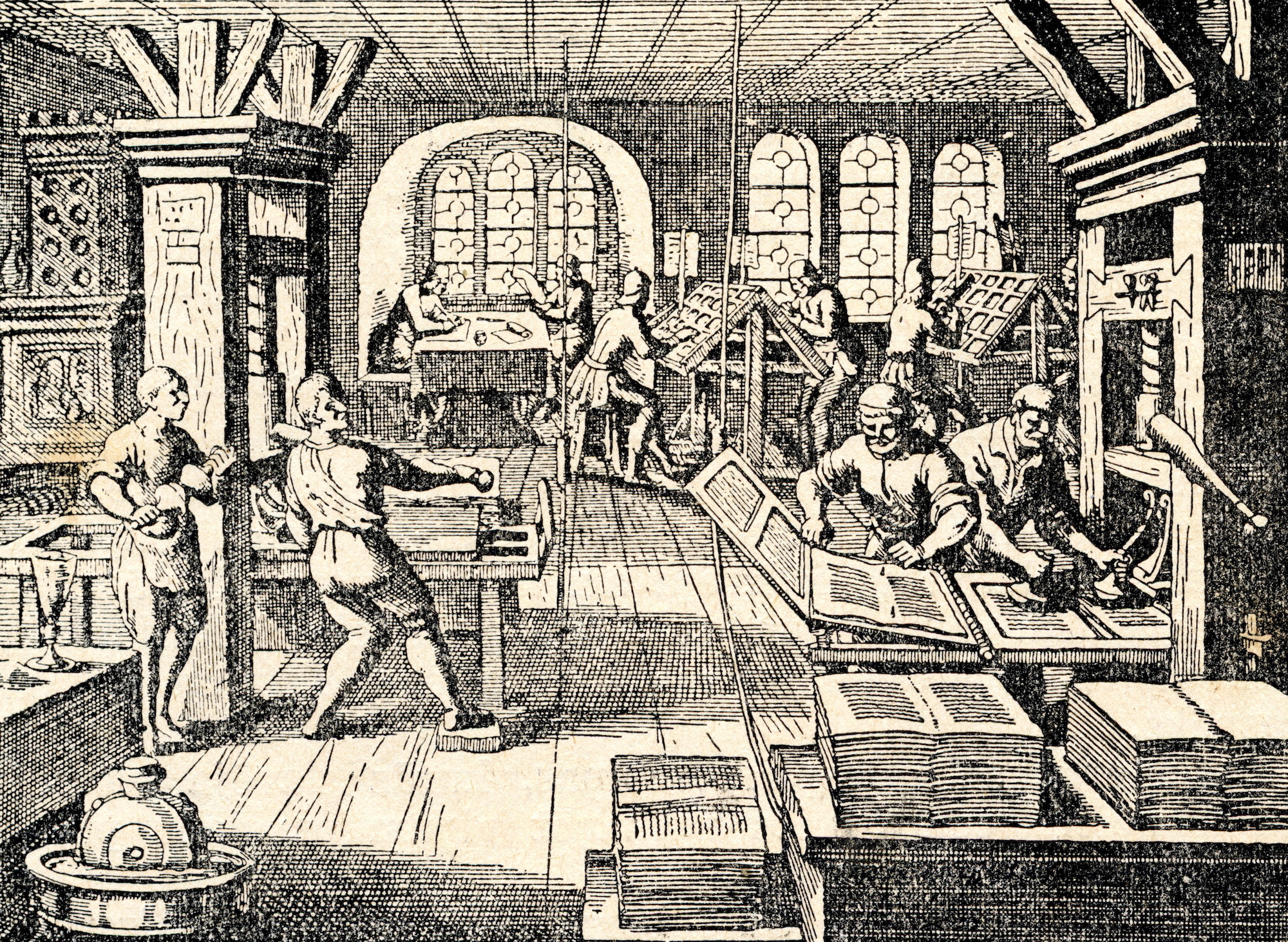
Newspapers have long been a vital source of information, providing us with daily updates, thought-provoking articles, and a glimpse into the world around us. In this article, we delve into 15 fascinating newspaper facts that shed light on the history, significance, and evolution of the print media. Join us as we explore the captivating world of newspapers.
The First Newspaper
The concept of newspapers dates back to ancient times. The Acta Diurna, introduced in ancient Rome around 59 BC, is considered the first daily newspaper. It contained news, official notices, and various announcements, much like modern-day papers.
Gutenberg’s Printing Press
Johannes Gutenberg’s invention of the printing press in the 15th century revolutionized the newspaper industry. It enabled the mass production of printed materials, leading to the birth of the modern newspaper.

The Oldest Existing Newspaper
The Oxford Gazette, later renamed the London Gazette, holds the distinction of being the world’s oldest surviving newspaper. It was first published in 1665 and is still in circulation today, primarily as the official journal of record for the United Kingdom.
Newspaper Circulation
Newspaper circulation refers to the number of copies sold or distributed. According to the World Association of Newspapers and News Publishers, over 2.5 billion newspapers are circulated globally every day.
Broadsheets vs. Tabloids
Newspapers come in different formats, with broadsheets and tabloids being the most common. Broadsheets are larger in size and are generally associated with more serious, in-depth reporting, while tabloids are smaller and often focus on sensational stories and celebrity news.
Yellow Journalism
Yellow journalism, characterized by sensationalism and exaggeration, gained prominence in the late 19th century. This style of reporting prioritized eye-catching headlines and scandalous stories to attract readership.
Pulitzer Prizes
The Pulitzer Prizes, established in 1917, recognize excellence in journalism and other forms of creative expression. These prestigious awards are presented annually across various categories, including journalism, literature, and music.
Decline of Print Circulation
With the advent of digital media, print circulation has witnessed a decline in recent years. Readers increasingly rely on online news sources, leading to a shift in the newspaper industry’s landscape.

Online Newspaper Archives
Newspaper archives serve as invaluable historical resources. Many newspapers now digitize their older issues, allowing readers to access a treasure trove of information from the past.
Crossword Puzzles
Crossword puzzles became a popular feature in newspapers during the early 20th century. The New York Times crossword puzzle, known for its difficulty, has become an iconic daily challenge for puzzle enthusiasts.
Comics and Editorial Cartoons
Newspapers are renowned for their comic strips and editorial cartoons, providing readers with humor and political satire. These engaging visual elements offer a welcome respite from the seriousness of news articles.
Local News Coverage
Newspapers play a vital role in covering local news, highlighting community events, government issues, and human interest stories. They serve as a platform for amplifying the voices and concerns of local residents.
Investigative Journalism
Investigative journalism involves in-depth research and reporting to uncover hidden truths and expose corruption or wrongdoing. Newspapers have a long history of conducting investigative journalism, playing a crucial role in holding power accountable.
Opinion Pieces and Editorials
Opinion pieces and editorials allow newspapers to provide commentary on current affairs and express diverse viewpoints. These sections encourage critical thinking and foster public discourse on important topics.

Social Impact
Newspapers have a profound social impact, shaping public opinion, influencing policy debates, and providing a voice to marginalized communities. They contribute to the development of an informed and engaged citizenry.
Conclusion
As the world continues to embrace digital media, newspapers remain an integral part of our information ecosystem. Their rich history, diverse content, and commitment to journalism make them a cornerstone of democracy. Whether you prefer the rustle of broadsheets or the compact convenience of tabloids, newspapers continue to inform, entertain, and inspire readers across the globe.
Frequently Asked Questions (FAQs)
How did newspapers evolve over time?
Newspapers evolved from handwritten newsletters to printed sheets, and later embraced digital platforms to adapt to the changing media landscape.
What are some notable newspaper brands worldwide?
Well-known newspaper brands include The New York Times, The Guardian, The Washington Post, Le Monde, and The Times of India, among many others.
Do newspapers still play a significant role in the digital age?
Despite the rise of digital media, newspapers continue to play a crucial role, providing in-depth analysis, investigative journalism, and a sense of credibility.
How are newspapers funded?
Newspapers are funded through a combination of subscriptions, advertising revenue, and digital initiatives such as paywalls and online subscriptions.
Are newspapers available in languages other than English?
Newspapers are published in various languages worldwide, catering to diverse linguistic communities.
Was this page helpful?
Our commitment to delivering trustworthy and engaging content is at the heart of what we do. Each fact on our site is contributed by real users like you, bringing a wealth of diverse insights and information. To ensure the highest standards of accuracy and reliability, our dedicated editors meticulously review each submission. This process guarantees that the facts we share are not only fascinating but also credible. Trust in our commitment to quality and authenticity as you explore and learn with us.
